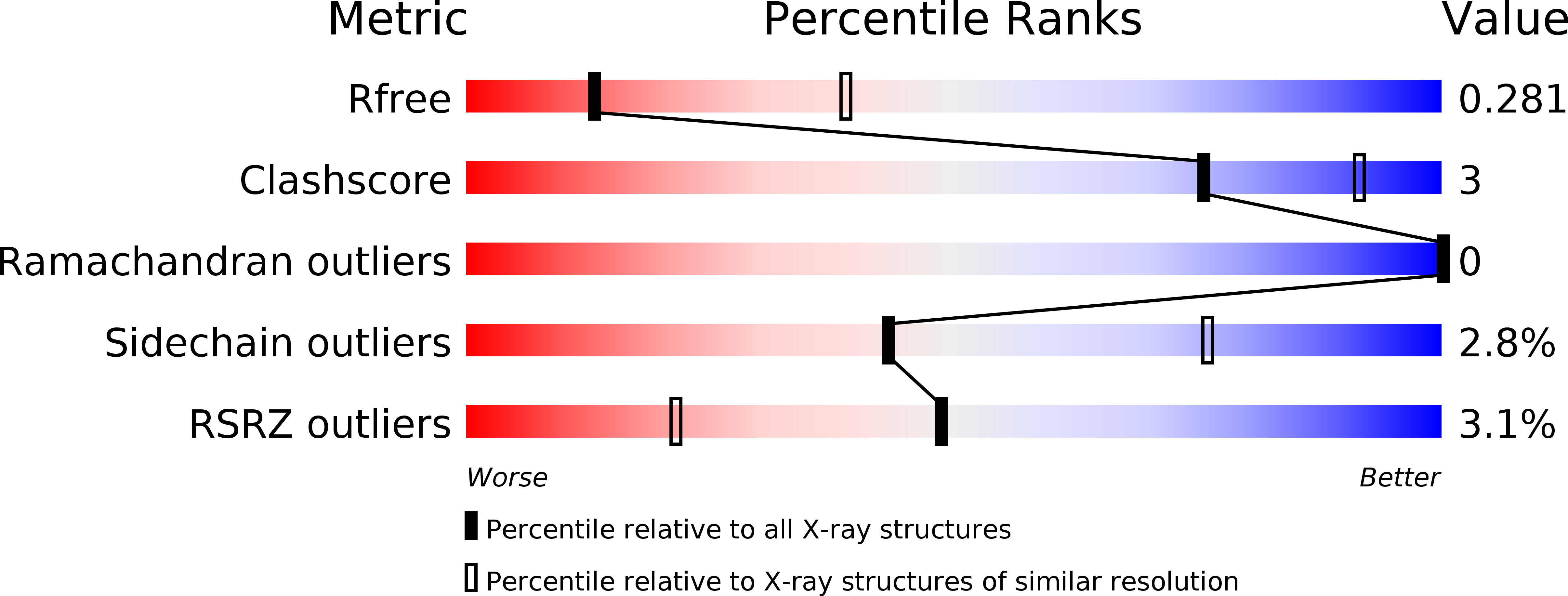
Deposition Date
2011-02-11
Release Date
2011-09-14
Last Version Date
2024-10-16
Method Details:
Experimental Method:
Resolution:
3.01 Å
R-Value Free:
0.25
R-Value Work:
0.23
R-Value Observed:
0.23
Space Group:
P 43 21 2


